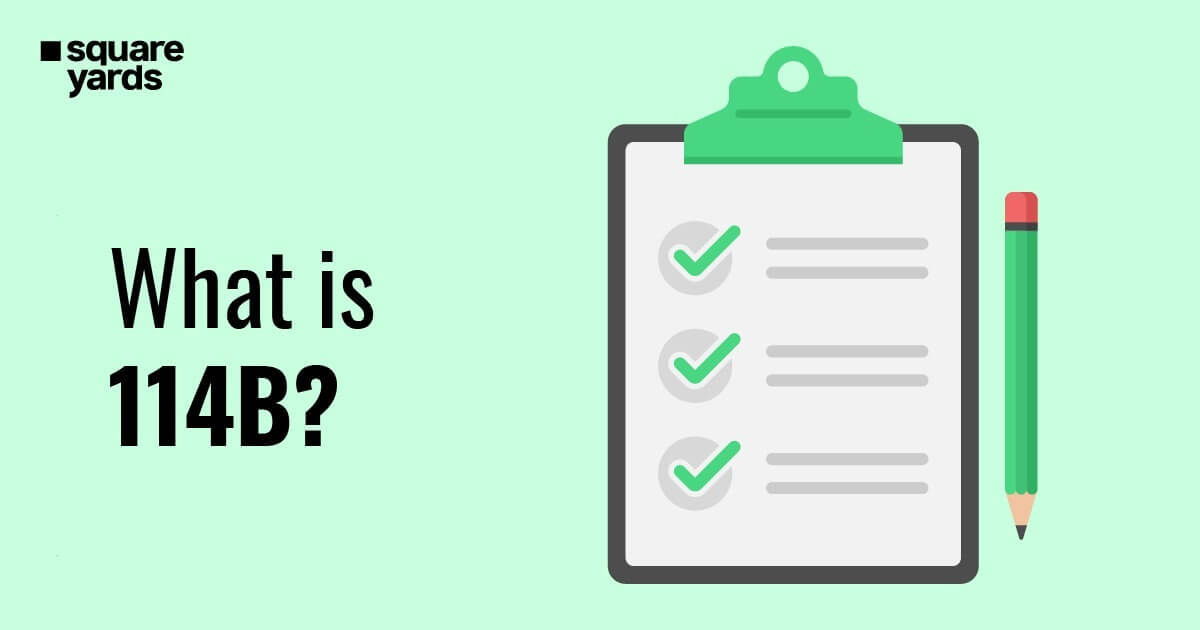Acknowledging financial institutions and their services is not new to the world. Two of the very obvious facilities that every bank deals with are providing clients with a way to open an account, and these tabs are shown while accessing ATMs. But are we all aware of the difference between current account and savings account? Well, if not, our guide will make you an expert on this subject.
Let us start by learning the basics that even the bank authorities often miss to brief you on current account vs savings account.
Table of Contents
Definition of a Savings Account
As the name suggests, a savings account is one method where customers can deposit their sum of finance to save. This also means recurring transactions are not allowed with the perk of earning interest rates on the same. This is a productive and safest way to keep track of your treasure at any time, from anywhere.
Features of Savings Bank Account
Savings account have some particular features that must be known to make the best out of them:-
- A savings account objectifies saving with complete security.
- A pre-decided amount of money has to be deposited, which is as easy as withdrawal via the bank’s online portal.
- It does limit the number of transactions one can do.
- It is suitable for common people for their personal purpose.
- It can work as a salary account if employees give their bank details to their associated companies.
- A customer can avail of interest earnings on their deposited amount.
- This interest rate might differ as per the bank’s policies, ranging from 4% to 6%.
- A minimum balance has to be ensured from the customer’s end.
- Customers can avail the access to the issuing of cheques.
Definition of a Current Account
A current account is, as the name suggests, a regular account used for recurring transactions. It does not have the interest rate feature and is used by businesses. It is not suitable for personal purposes.
Features of a Current Bank Account
Multiple features draw a line of difference between current and savings account:-
- It does not restrict the number of transactions for the users.
- It is that model of an account that is utilised mainly by businesses, firms, and organisations.
- It does not offer any interest rates on the deposited amount.
- A larger balance amount is required to be present in the account.
- It offers overdraft services to users.
Difference Between Current Account and Savings Account in India
India’s financial institutes offer the below-mentioned benefits while considering current account vs savings account divisions:-
| Subjects of Concern | Current Account | Savings Account |
| Objective | To facilitate seamless recurring business transactions. | To save and multiply finance for future goals. |
| Suitability | It is launched for organisations, traders, companies, firms and more. | It is highly recommended for salary-based users with regular earnings and short-term financial objectives |
| Interest Rate | Commonly, Current Accounts do not offer interest rates. | Provide interest-earning as per the offered benchmark, often ranging from 4%-6%. |
| Transaction Limit | There are no limitations on the number of transactions for a day or month. | Restricts the number of transactions for a day or a month. |
| Balance Maintenance | There is a high minimum balance to maintain compared to the Savings Account. | There is a low minimum balance to be maintained. |
| Overdrawing facility | Overdraw/overdraft is permitted to account holders for the short term. | There is no overdraft facility available in Savings Account. |
How To Choose Between A Current Account Vs Savings Account
Here is the comparison sheet underlining the difference between a current and a savings account.
Objective
While the purpose of a savings account is to help people form the habit and discipline of saving, its contemporary equivalent helps to make frequent and routine transactions easier.
For corporations, firms, public enterprises, and organisations that need to carry out recurring transactions in order to finance their specific set of needs, a current account is best. Savings accounts are frequently a good option for wage earners who receive a consistent monthly salary.
Cap on transactions
With a savings account, you would be looking at a clear cap on the number of transactions (both financial and non-financial) you make in a month, which is normally 3-5.
The number of transactions that can be made on a current account is unrestricted. You can never exceed the limit with this kind of account because it was created to support frequent transactions by corporations and firms.
Interest
The interest rate on deposits in a savings account is predetermined and might range from 4-6%. But, depending on the current interest rate regime and supply and demand.
In contrast, you receive no interest from a current account. This is because it is, in comparison to a savings account, more versatile in the number of transactions it permits.
Utility
Savings account highly focus on providing financial flow for personal usage so that the remaining amount in the account might help gain interest on the same. Meanwhile, a current account has been designed to help businesses operate on a regular basis.
End Thoughts
The comparison to find the exact difference between a current vs a savings account is that it does have separate objectives towards managing and storing finance. An individual typically uses one. Whereas the other is reserved for running the fluidity of finances in the business. By now, our readers will have a clear understanding before they open an account of their required preference.
Also, it restricts the number of transactions made on a daily basis for savings account users. However, a current account provides unlimited transactions to the user.
You May Also Like
| HDFC NetBanking | ICICI Bank Savings Account |
| SBI Balance Enquiry | Post Office Savings Account |
| Cancelled Cheque with Example | Zero Balance Saving Account |
| Saving Account | Different Types of Savings Account |
FAQ’s on Current Account vs Savings Account:-
Q1. Is salary a savings or current account?
Ans: A salary account is a savings account that receives the salary on a specific date from an employer with no restrictions on the minimum balance.
Q2. How do I know if my account is savings or current?
Ans: A savings account restricts the number of transactions you make, unlike a current account which is easy to transact as many times as the user wants.
Q3. What is the required minimum balance for a savings and current account?
Ans: Both accounts demand an obligated amount to be present in the account as a minimum balance that might differ as per banks.
Q4. Is the current account taxable?
Ans: A current bank account is a non-taxable account.
Q5. What happens if I don't use my current account?
Ans: As such, a current account will go dormant/ inactive.
Q6. Can I withdraw my current account?
Ans: Yes, a current account offers unlimited transactions to the user in a single day.



























































